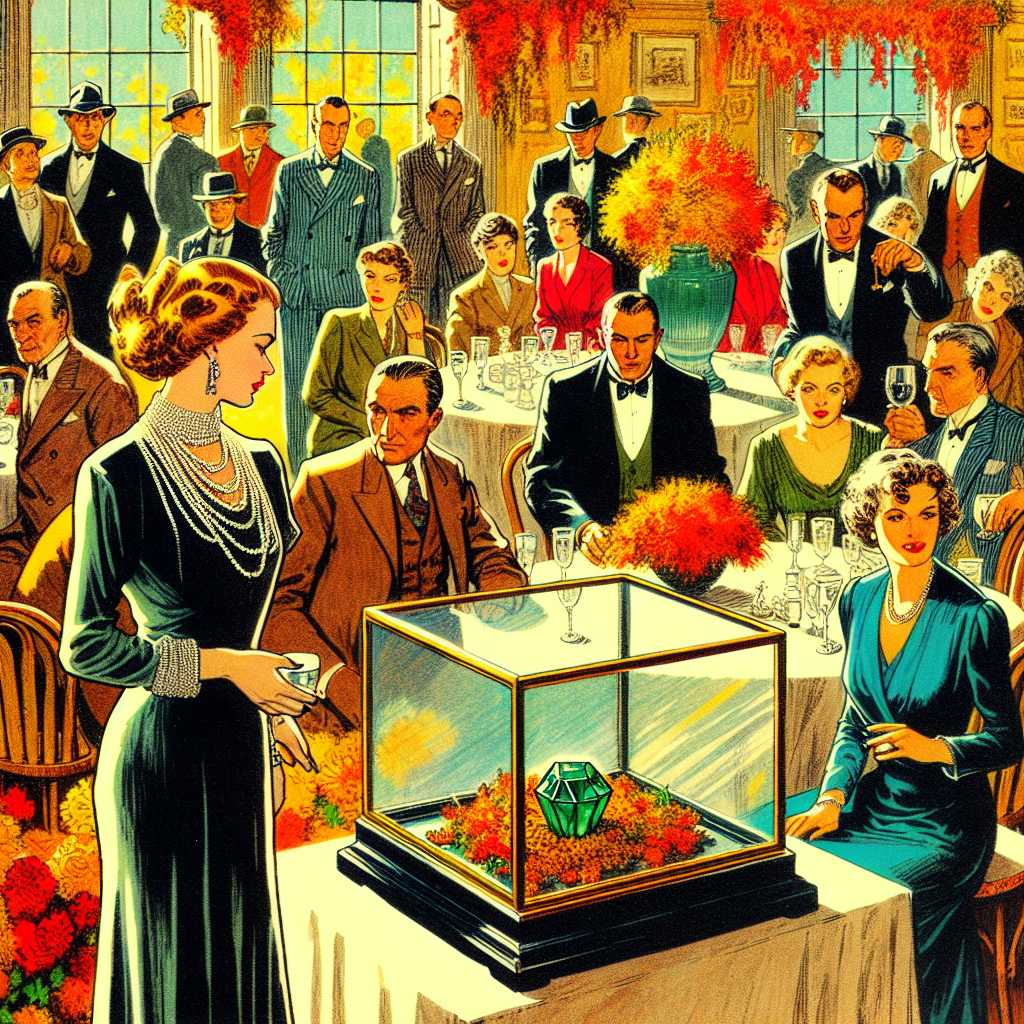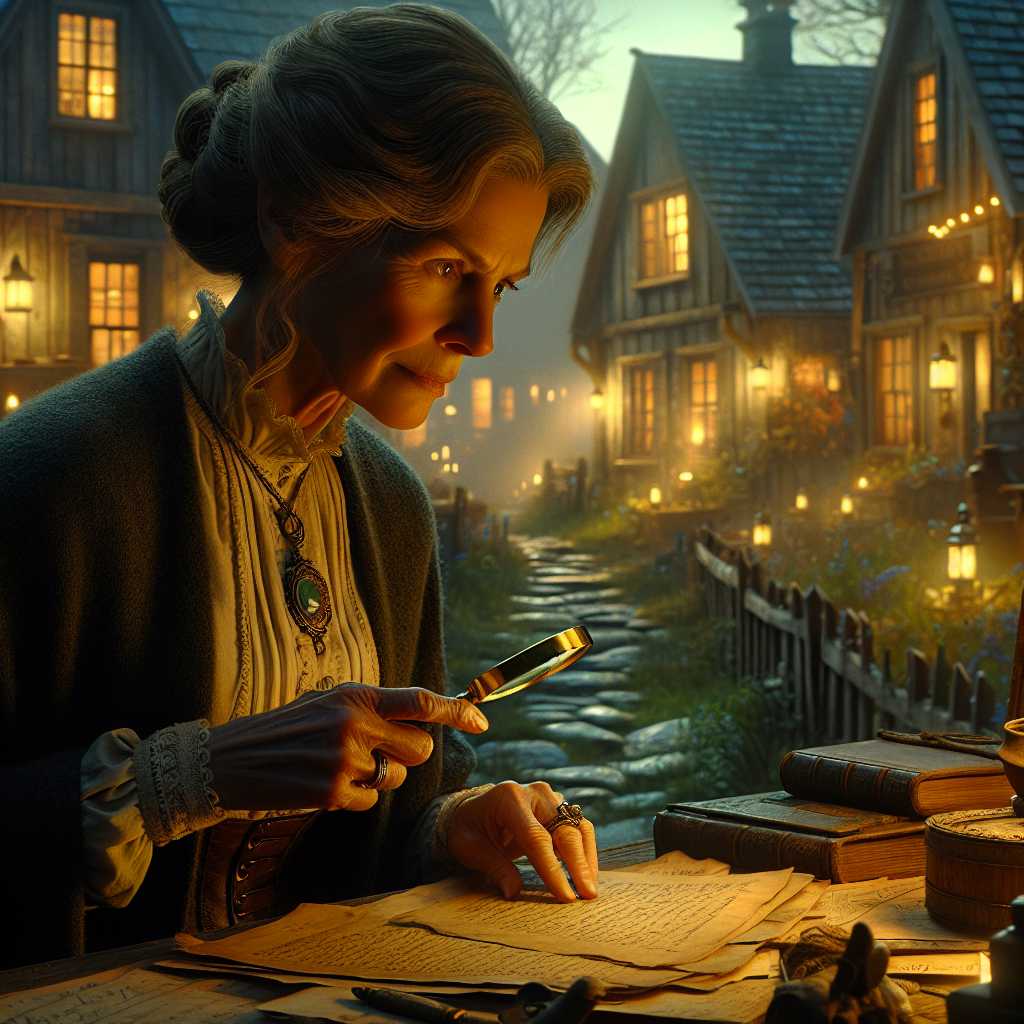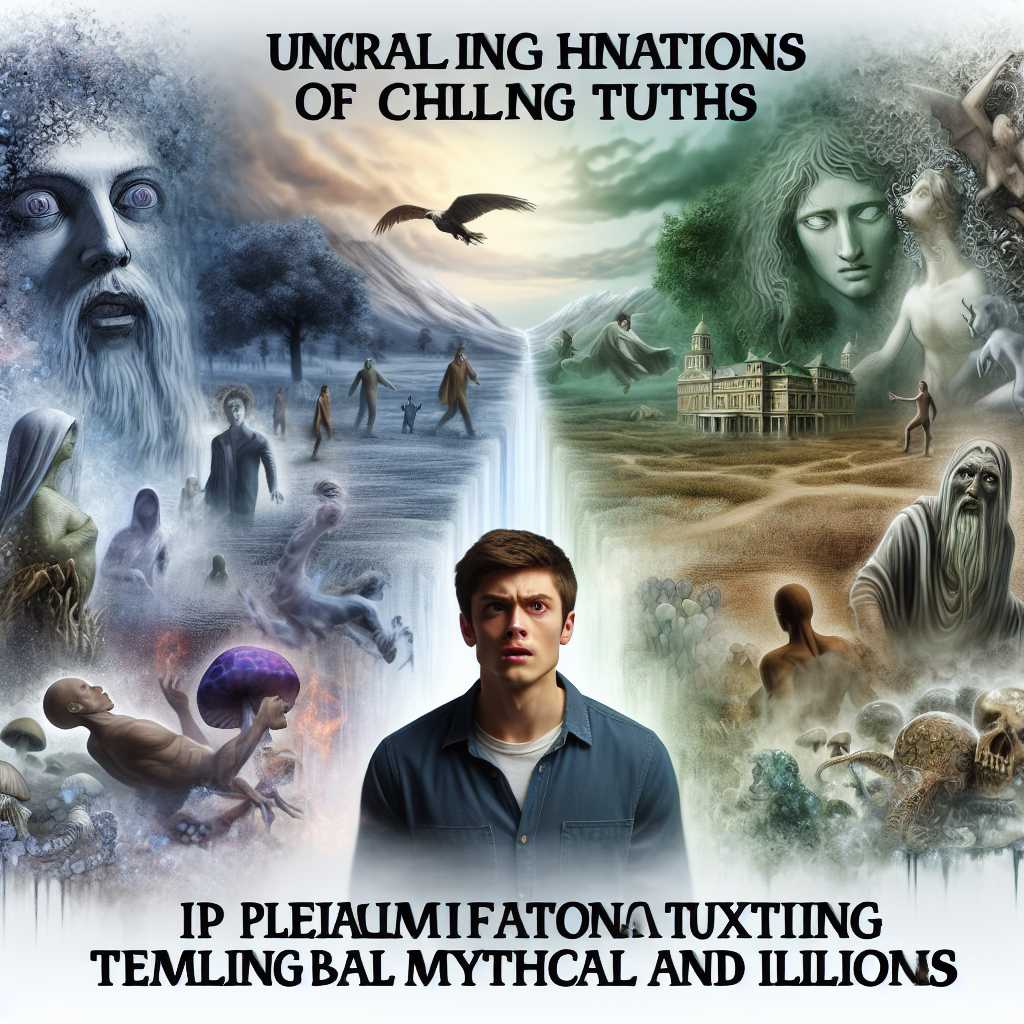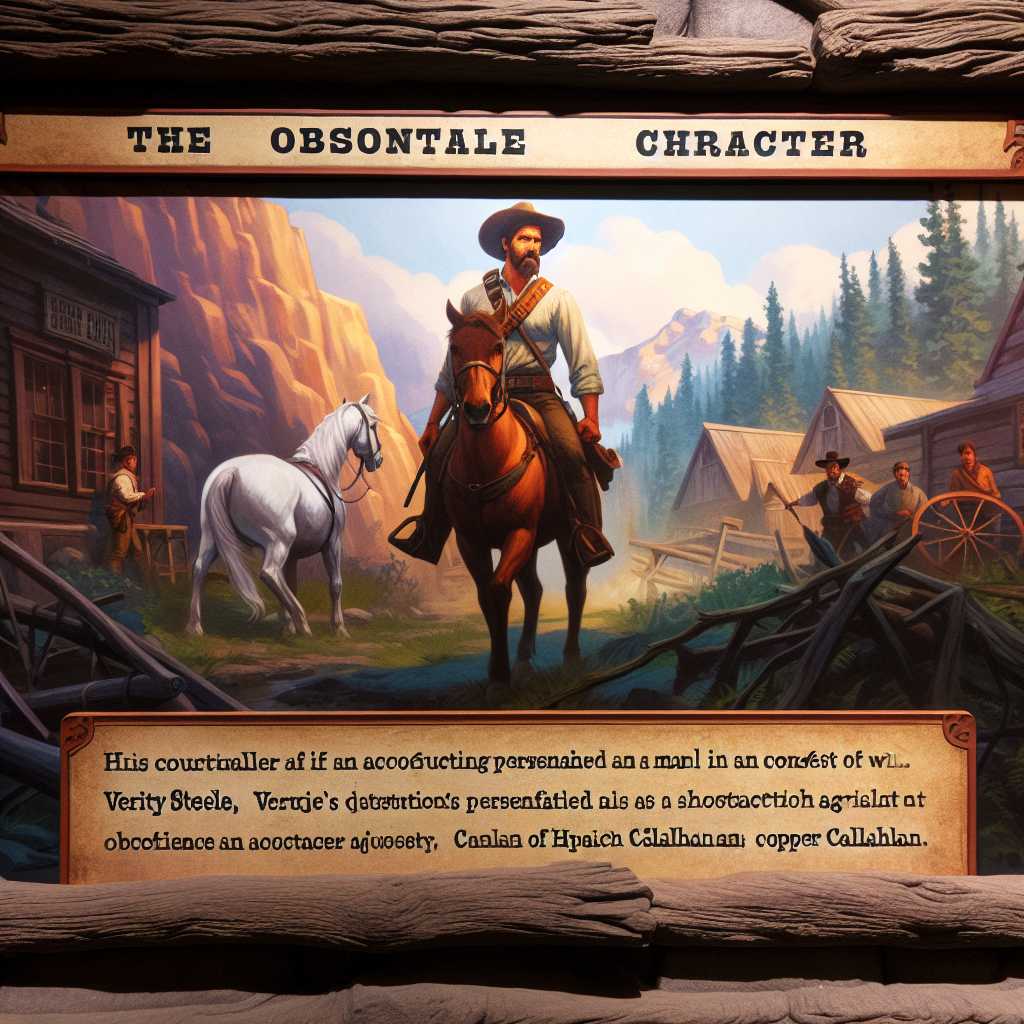
On a mist-shrouded autumn evening in the quaint town of Amberley, nestled somewhere between reality and folklore, the gilded halls of Ashford Manor were bustling with the thrill of an impending gala. Candles lined the curved drive like luminous sentinels, guiding guests toward what was famously the event of the year. Deep within the manor's grand hall, laughter resonated alongside the rhythmic clinking of crystal glasses, and it was here that an almost forgotten myth took to life—a tale of deception, justice, and ingenuity.
As the moon crowned the night, the guests, draped in opulent attire, mingled and exchanged tales of distant marvels and whispered scandals. At the heart of Ashford Manor's grandiose ballroom, a single artifact gleamed under a cascade of softened chandelier light: the Ashford Emerald—a jewel so captivating, it had rumors of its own.
"A sight to rival the heavens, they say," murmured Lady Evelyn to her confidant, standing near the display. The emerald, housed within an ornate glass case, was a relic from a distant intransigent age, renowned not only for its beauty but also for the mysterious curse that cloaked it.
Among the illustrious attendees was a man who bore none of the manicured affluence around him—Detective Arthur Langley, invited by Lord Ashford himself. His keen eye traveled across the room, registering each face and gesture, like notes in a symphony. Uninvited though seemingly ubiquitous, silence reigned when the strokes of the grand clock tower announced midnight.
As the final chime rang out, the unthinkable transpired. The lights flickered momentarily before plunging the hall into obscurity. Gasps rippled through the assembly, and when the lights returned, the emptiness within the glass case screamed louder than any vocal outcry.
The Ashford Emerald had vanished.
Panic set alight as security swarmed toward the scene. Whispers of the curse rippled among the guests quicker than the spreading fire of alarm. Lord Ashford, a resplendent figure with the air of dignity now weathered by stress, implored for calm and ushered his guests into the adjoining drawing-room.
"Help us find it, Detective Langley. Our legacy, our heritage rests upon that stone,"pleaded the Lord, his voice cocooned in an urgency that belied his otherwise stoic demeanor.
Detective Langley nodded, his expression carved with contemplation. He was a man whose interest danced only for riddles of unparalleled intricacy. Setting the stage for methodical unraveling, Langley requested that the party remain confined within the manor grounds. There was a light drizzle of unease over the room, but none dared oppose.
Starting his investigation, Langley retraced the steps to the alabaster pedestal where the emerald last rested. His eyes drawn to the inconspicuous imperfections—the smudges upon the glass's inside rim suggesting an insider's betrayal. Rising, he turned to the assembled crowd, now an amalgamation of feigned innocence and flickering anxiety.
Each guest was interviewed, their alibis meticulously inspected. The ballroom pianist, having seen nothing while caught within melodic reverie; the butler, his white gloves unstained by duplicity yet curiously absent during the incident. Suspicion grew dense as fog.
But Langley, with the patience of a chess master, knew where to find truth: hidden betwixt nuance and oversight. He detained his gaze on Lady Evelyn, her bracelet aglow with the likeness of the emerald. Yet, there remained a trifling inconsistency not with her jewelry but with her coy account of witnessing a shadow not unlike her own cast by candlelight at the time of disappearance.
No sooner had the detective begun to piece together this puzzling tableau, than he encountered another quirk. The grand feeding room, laid undisturbed in frozen opulence, where Langley discovered an unexpected mark—a fragment of crumpled, ivory lace snagged upon the window latch.
Langley transported his findings to a quiet corner, bringing Lady Evelyn herself into private questioning. His keen eye, relentless in its pursuit:
"You spoke of the shadow, my Lady, not unlike your own and yet ensured you were elsewhere?" he inquired with a stare that seemed to pierce through her veil of misdirection.
The curtain of dread shimmered visibly across Evelyn's features. Anguish paved her confession,
"Oh, the deed was mine but not by choice, detective. I feared the curse more than I do disgrace. My brother, wayward with debt, coiled me into this plot, promising redemption through this artifice."
Her distress suggested cooperation rather than coercion. Langley's deduction had sprung the pitfall into humility and truth. The emerald was hidden within a velvet-lined reticule, the lace of which had betrayed Lady Evelyn in its defiance.
With attentive grace, Detective Langley returned the jewel to its rightful guardian, restoring the manor's heraldry. For his acumen, Lord Ashford offered both reward and gratitude, but Langley declined with a knowing nod.
"Where justice polishes a tarnished truth, my satisfaction lies," he stated, parting the scene of mystery baptized in revelation.
The tale of the Ashford Emerald quietened to whispers once again, but Detective Arthur Langley's encounter transcended the finitude of facts into the realm of legend—after all, every jewel, every deception, spins yet another story within corridors of history.










